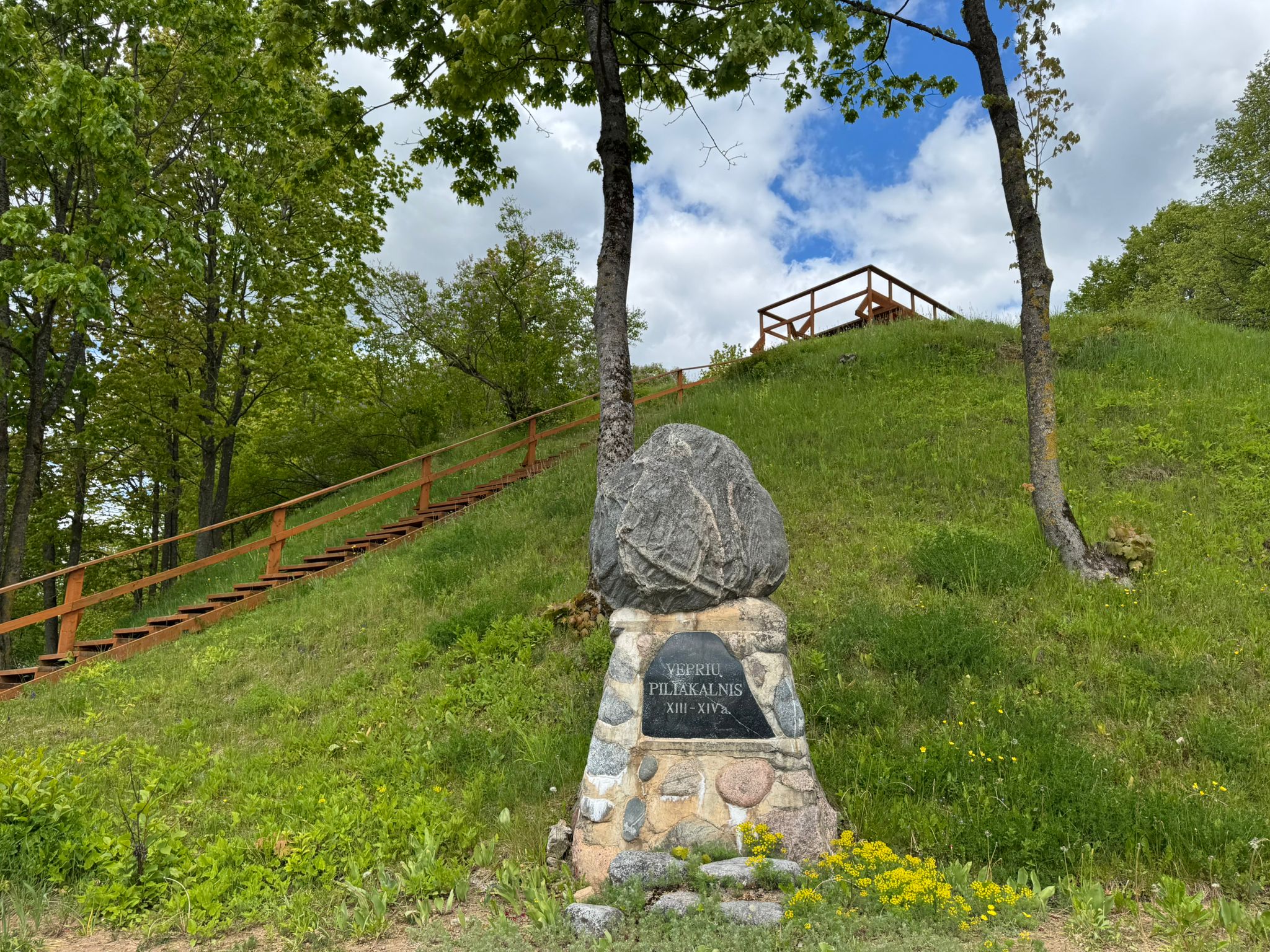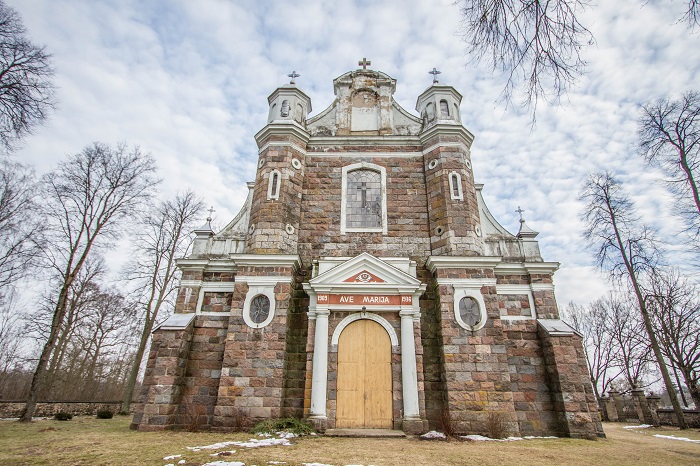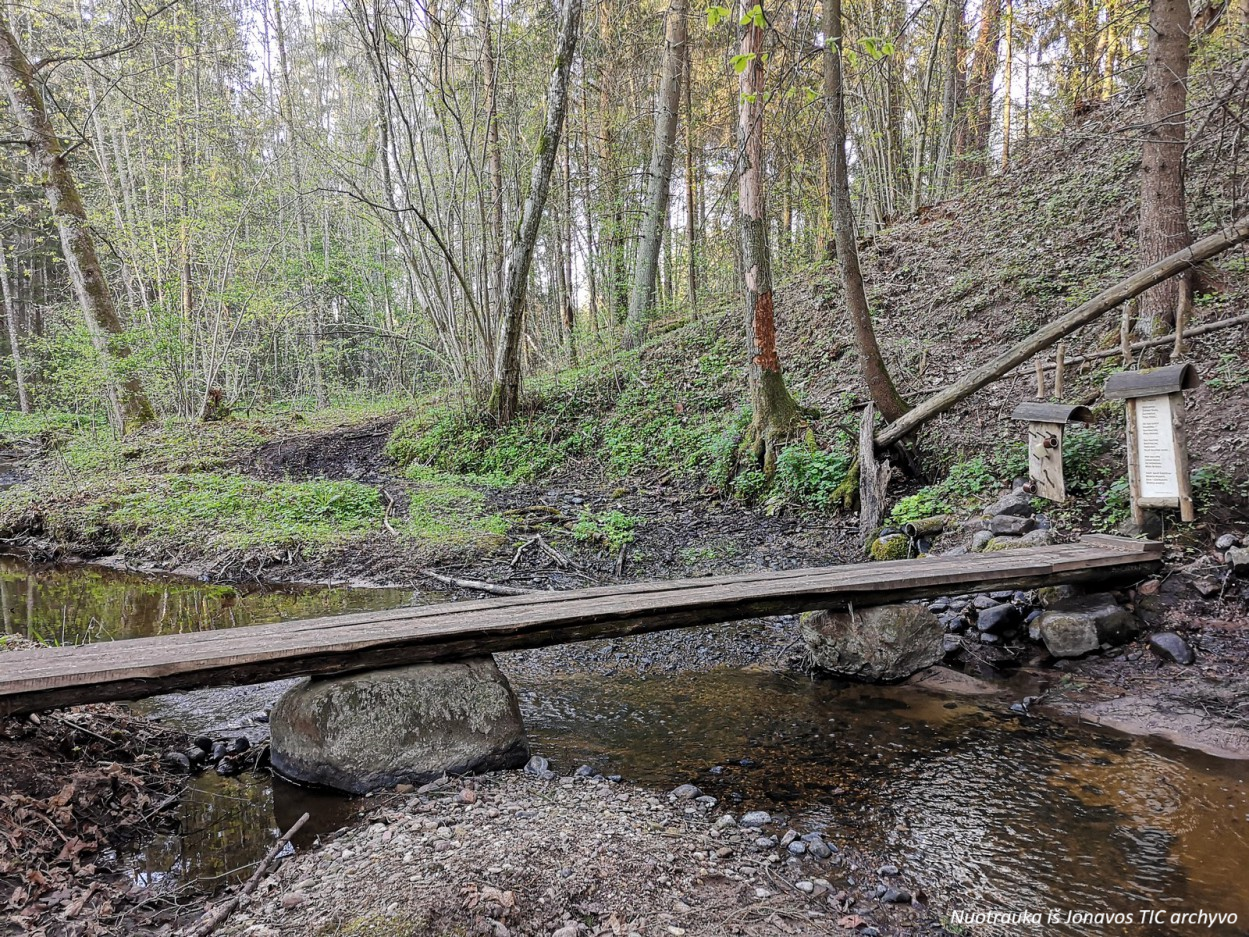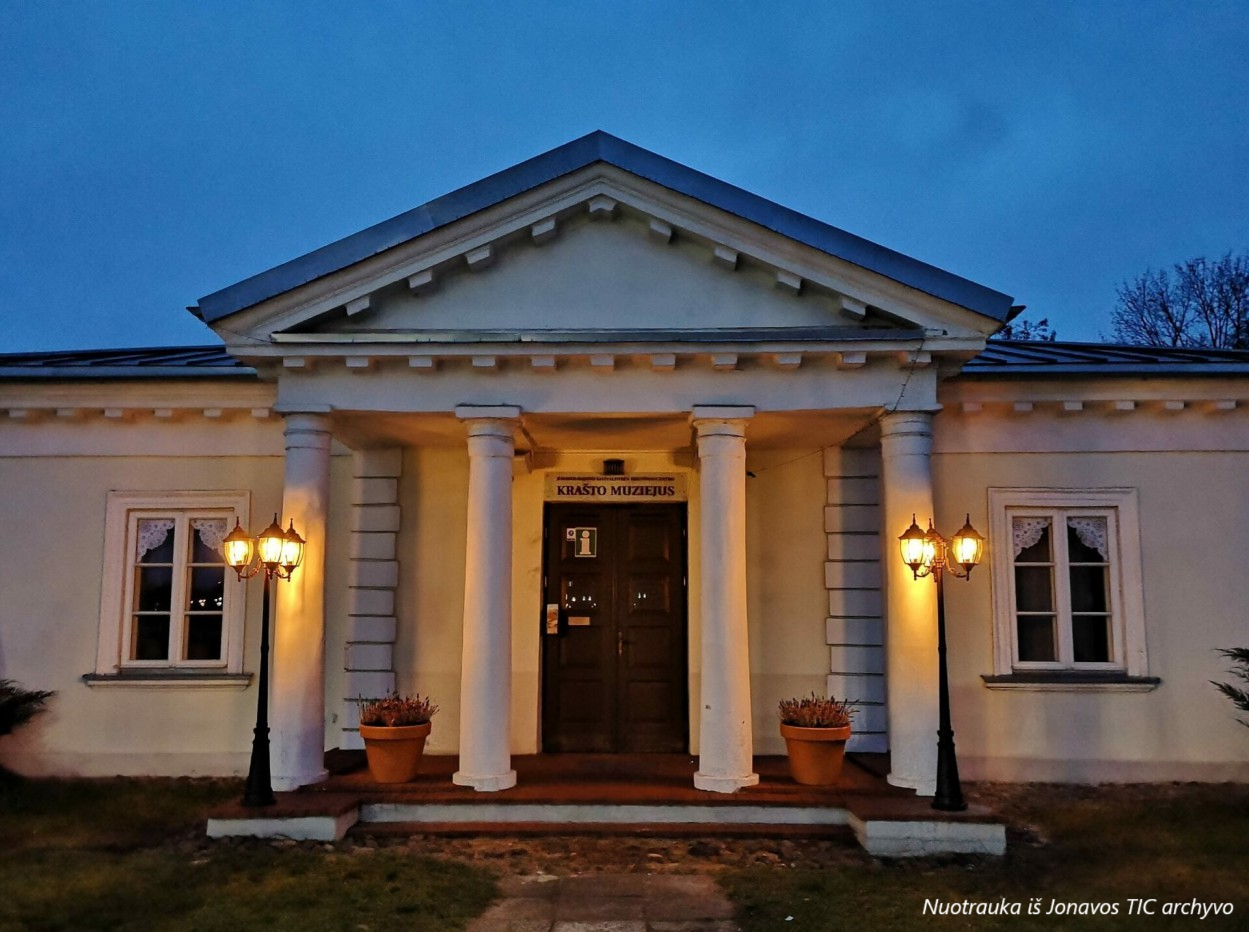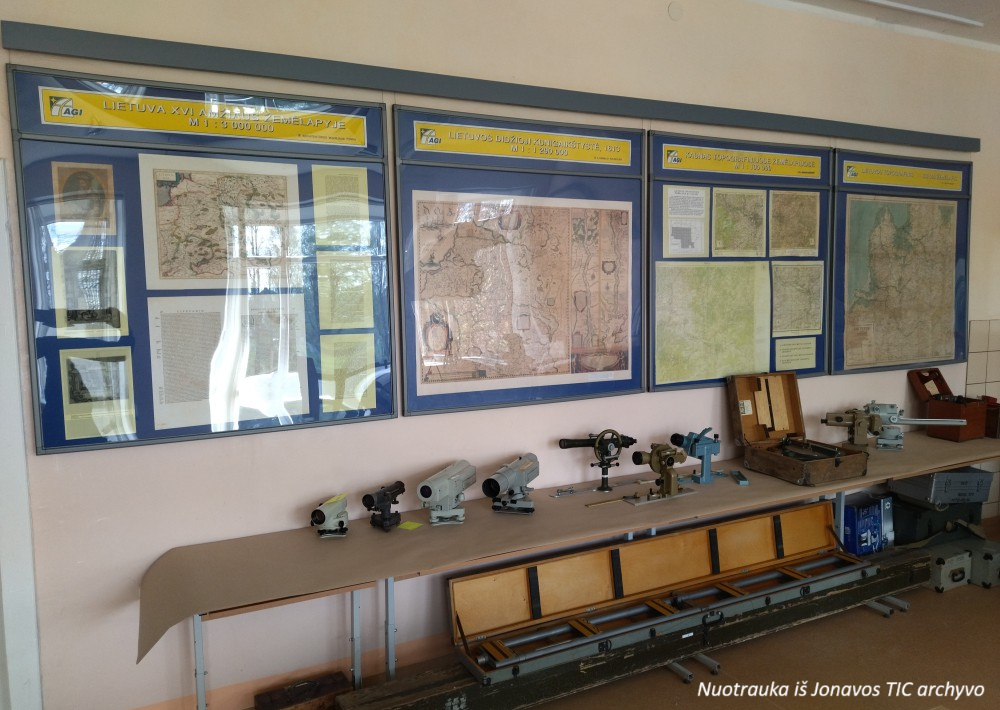Vepriai Manor

354

1

0
Vepriai Manor, first mentioned in 1542, has a rich history of noble ownership, including the Kęsgaila, Šemeta, Oginskis, and Tyzenhaus families. In 1808, it was sold to Juozapas Dominykas Kosakovskis, a leader of the 1831 uprising, during which Emilija Plater also stayed at the manor. Later, the estate was inherited by his daughter Pelagėja and her husband, Alexander Bower Saint Clair, who renovated the manor and its park. In 1883, after a fire, Count Adomas Plater acquired the estate, and in 1910, his son Marijonas Broel Plater made it his primary residence. A cultural and historical landmark, the manor saw many reconstructions before being nationalized in 1924 and turned into an agricultural school.
Info
-

Manors
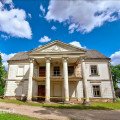
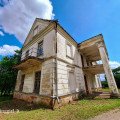
Whats new?
Nearby attractions
Nearest museums

 Entertainment
Entertainment
 Food establishments
Food establishments





























 55.148114, 24.569672
55.148114, 24.569672
 Get directions
Get directions









